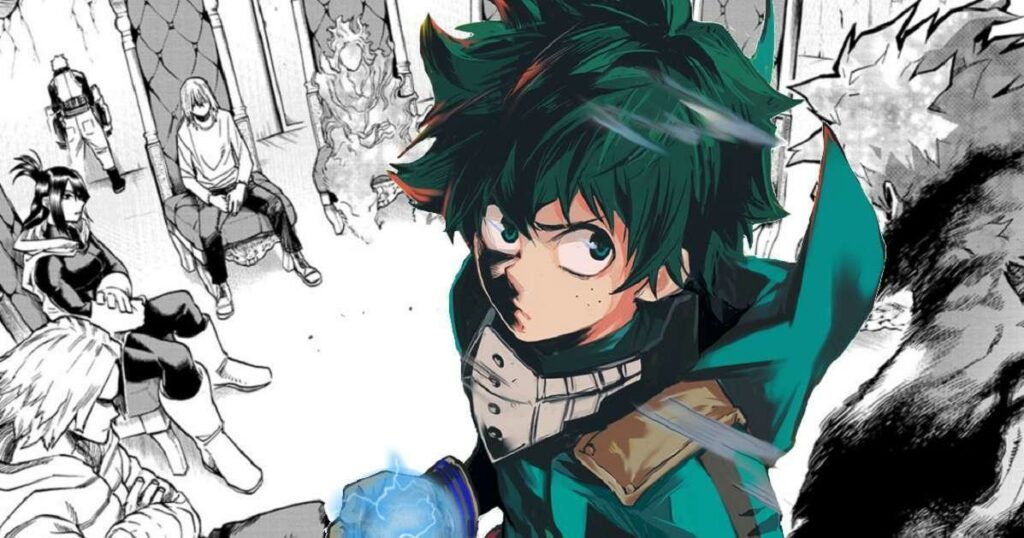Manga, a form of Japanese comic art, has witnessed a remarkable evolution over time, captivating audiences worldwide. From its humble beginnings in Japan to its global influence today, has gained a massive following If you are a fan of manga then visit to find the best manga sites.
In this article, we will explore how manga has evolved with time, embracing new storytelling techniques, and winning the hearts of readers around the globe.
Origins and Early Influences:
Manga’s roots can be traced back to the 12th century, where Japanese scrolls and picture narratives served as early precursors. The concept of sequential storytelling took shape during the Edo period (1603-1868) with the introduction of kibyōshi, illustrated books featuring comedic and satirical content. These early influences laid the foundation for the development of manga as a distinct art form.
The Impact of Osamu Tezuka
One of the most influential figures in manga’s evolution was Osamu Tezuka, often referred to as the “Godfather of Manga.” Tezuka’s work, such as “Astro Boy” and “Black Jack,” revolutionized manga storytelling by introducing complex characters, intricate plotlines, and a range of genres. Tezuka’s pioneering efforts expanded the possibilities of manga, shaping its future as a diverse and compelling medium.
Embracing New Styles and Genres:
As manga continued to evolve, distinct genres emerged, catering to different demographic groups. Shōnen manga targeted young boys and featured action-packed narratives, exemplified by popular titles like “Dragon Ball” and “Naruto.” On the other hand, shōjo manga targeted young girls, emphasizing romance, drama, and themes of self-discovery, as seen in works like “Sailor Moon” and “Cardcaptor Sakura.” These genres allowed manga to engage with a wider range of readers, expanding its fanbase.
Seinen and Josei Manga
Manga also evolved to cater to older audiences, giving rise to the seinen and josei genres. Seinen manga targeted young adult men, delving into mature themes, complex characters, and realistic storytelling, as seen in works like “Berserk” and “Death Note.” Josei manga, on the other hand, focused on young adult women, exploring relationships, personal growth, and societal challenges in titles such as “Nana” and “Honey and Clover.” These genres broadened the scope of manga, appealing to diverse demographics and deepening its impact.
Embracing Digital Platforms:
The advent of digital platforms and online publishing has revolutionized the manga industry. Webtoons and online manga platforms have made manga more accessible to a global audience, transcending geographical boundaries. Readers can now access a vast library of manga titles instantly, opening up new avenues for discovery and interaction.
Interactive Experience and Fan Engagement
Digital platforms have also allowed for innovative storytelling techniques, incorporating multimedia elements and interactive features. Some manga series have embraced motion comics, incorporating animation and sound effects to enhance the reading experience. Moreover, online forums and social media platforms enable fans to connect, discuss, and share their love for manga, fostering a sense of community and fan-driven content creation.
Cross-Cultural Influence and Global Recognition:
The translation and localization have played a pivotal role in its global recognition. Manga is now available in various languages, making it accessible to readers worldwide. Localization efforts ensure that cultural nuances and references are accurately conveyed, allowing readers from different backgrounds to appreciate and understand the richness of manga storytelling.
Adaptations and Collaborations
Manga’s influence has extended beyond the pages of the comic itself. The popularity of manga has led to adaptations in various forms, including animated series, live-action films, and merchandise. Collaborations between artists and creators from other mediums have also given rise to unique projects, bridging the gap between manga and different art forms.
Conclusion:
In conclusion, the evolution has been a dynamic journey, marked by the exploration of new storytelling techniques, diverse genres, and the embracing of digital platforms. Through its rich and captivating narratives, has gained a massive following, transcending cultural boundaries and captivating readers worldwide. As manga continues to evolve, it will undoubtedly leave an indelible mark on the world of storytelling and continue to captivate audiences for generations to come.

